At first glance, floating shelves seem like a simple design choice – a sleek, space-saving solution that fits...
- There are no more items in your cart
- Shipping
- Total £0.00
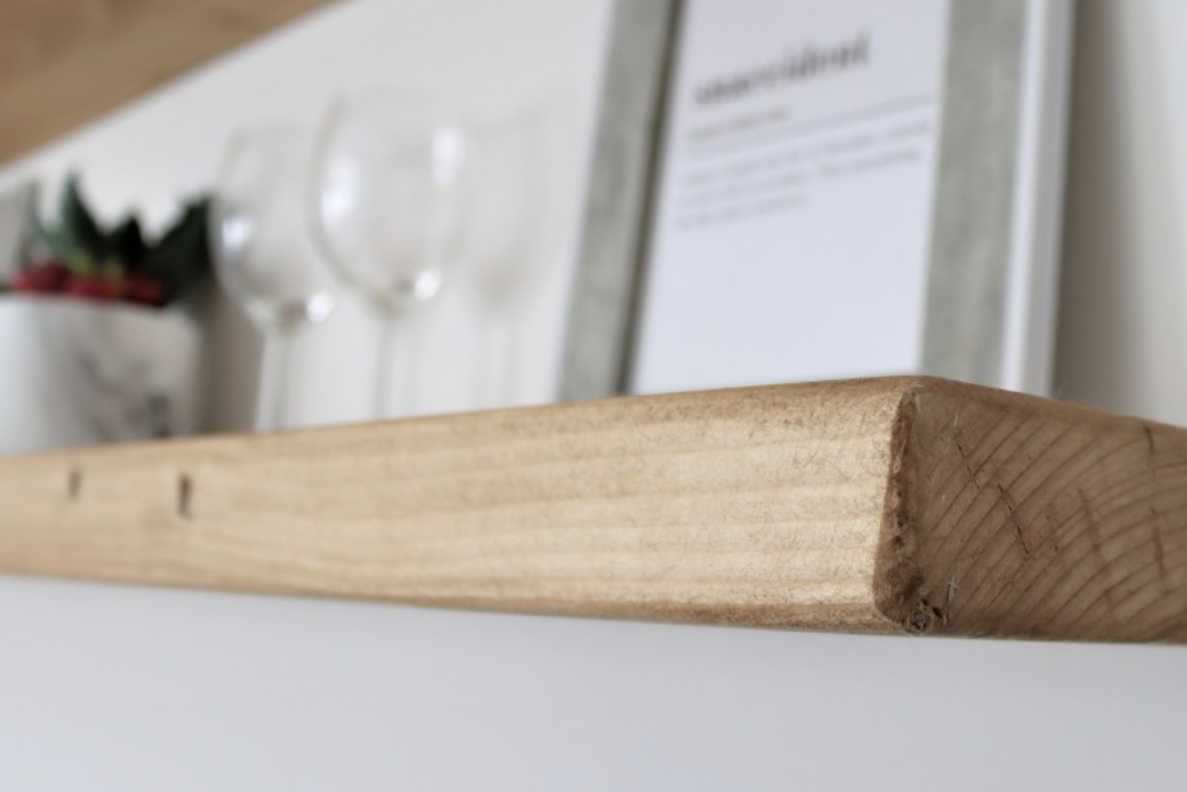
How to use shelves to divide space in open-plan living
Over the last two decades, open-plan living has evolved from a modern design trend into something that feels almost like a standard in contemporary homes. Developers, architects, and homeowners alike often choose layouts that combine the kitchen, dining, and living areas into one continuous flow. The benefits are obvious: more light, better communication between people in the home, and a sense of airiness that makes even small apartments feel larger. However, the absence of traditional walls creates a challenge – how to preserve the openness while still giving each part of the room its own identity. Without careful planning, an open-plan space can easily feel chaotic, noisy, or simply unfinished. Shelving offers one of the most elegant solutions to this problem.
Table of contents
- Why open-plan living needs smart zoning
- Shelves as flexible room dividers
- Choosing the right shelf type for your space
- Styling strategies that balance function and beauty
- Mistakes to avoid when dividing with shelves
- Design inspirations from real interiors
- How to adapt shelves to changing needs
- Conclusion
Why open-plan living needs smart zoning
The beauty of open-plan living lies in its versatility, but that same quality can sometimes backfire. Families might find themselves competing for space: someone working at the dining table, another watching TV, and someone else preparing food – all within a few meters. Without zoning, these activities overlap visually and acoustically, leading to distraction and stress. Zoning creates a rhythm inside the home, guiding how the space is used and making it feel both welcoming and practical. Rugs, lighting, and furniture placement can all contribute to zoning, but shelves have a unique ability to do so while adding storage and character. Instead of cluttering the floor with screens or heavy dividers, shelving keeps things airy while offering function.
Shelves as flexible room dividers
The biggest advantage of using shelves as dividers is flexibility. Unlike solid partitions or walls, shelves can be moved, rearranged, and styled differently over time. A tall open-shelf unit can serve as a dramatic visual boundary between a dining area and living space, while still letting daylight travel through. Lower shelving can act as a subtle division between the kitchen and lounge without blocking conversations. And double-sided shelves allow access from both sides, creating a practical bridge between two zones rather than a barrier. This adaptability is especially valuable in rental apartments or multipurpose spaces where needs evolve frequently.
Choosing the right shelf type for your space
There is no one-size-fits-all when it comes to shelving. Each type of shelf creates a different effect, and the choice should depend on the function of the room and the atmosphere you want to create.
- Floating shelves
- Freestanding bookcases
- Industrial-style units
- Live edge or natural wood shelving
Choosing the right type also means thinking about scale. A large open loft might need an oversized shelving wall to have impact, while a smaller city flat may look best with a low modular system that divides without overwhelming.
Styling strategies that balance function and beauty
A shelving divider should never look like an afterthought. Styling is what transforms it from a functional unit into an integrated part of the home’s design. The golden rule is balance: avoid overstuffing, but also avoid leaving it too bare. Mix vertical and horizontal book stacks, add decorative bowls or baskets to hide small items, and use plants to bring freshness and soften the geometry. Lighting makes a huge difference too. LED strips, small spotlights, or even candles can ensure the shelves don’t turn into a shadowy block. Think in terms of cohesion – repeat colors or textures from both zones so the divider feels like it belongs to both spaces, not just one side. This way, the shelving becomes a connecting element, not a dividing wall.
Mistakes to avoid when dividing with shelves
It’s easy to go wrong with shelving dividers if you don’t plan carefully. One of the biggest mistakes is overcrowding. When every surface is filled, the unit loses its airy quality and starts acting like a wall. Another common issue is ignoring proportion: a small shelf in a wide room may look insignificant, while an oversized piece can swallow a small apartment. Stability is another factor often overlooked – a freestanding unit must be secured or balanced, especially in homes with children or pets. Finally, mismatched styles can cause friction. A rustic unit in a sleek, minimalist flat can work if carefully styled, but often it simply feels disconnected. Aim for harmony with the rest of the interior.
Design inspirations from real interiors
Looking at real examples is one of the best ways to spark ideas. In Scandinavian homes, it’s common to see tall white cube shelves filled with greenery, acting almost like an indoor forest between living and dining areas. In Japanese-inspired interiors, lightweight wooden frames divide spaces subtly, emphasizing transparency and calm. Industrial lofts often use oversized black metal shelving to break up large rooms without compromising their dramatic scale. Families with small children sometimes use low modular shelves that double as toy storage, creating a play zone separate from the main living area while still keeping an eye on the kids. These inspirations show that shelving dividers can be as varied as the people who use them – each adapted to lifestyle, taste, and need.
How to adapt shelves to changing needs
One of the most underrated benefits of shelves as dividers is adaptability. Life changes, and so do our spaces. A couple living in a studio may one day need a dedicated home office corner. Parents with young kids might eventually want more storage and less open display. Shelving makes these transitions smoother. Modular systems can be expanded, rearranged, or even moved to another room entirely. Seasonal styling also keeps them fresh – greenery and light ceramics in spring, warm tones and candles in autumn, cozy textures in winter. Unlike permanent walls, shelves grow and change with you.
Conclusion
Using shelves as dividers in open-plan living is one of the smartest and most versatile design strategies available today. They offer the structure and zoning we need without sacrificing light, openness, or flexibility. By choosing the right type, styling them thoughtfully, and avoiding common mistakes, you can transform an open-plan room into a space that feels both functional and inspiring. Whether you live in a spacious loft or a compact studio, shelves give you the power to shape your home according to your lifestyle. They are more than storage – they are design statements, adaptable tools, and personal storytellers, all in one.

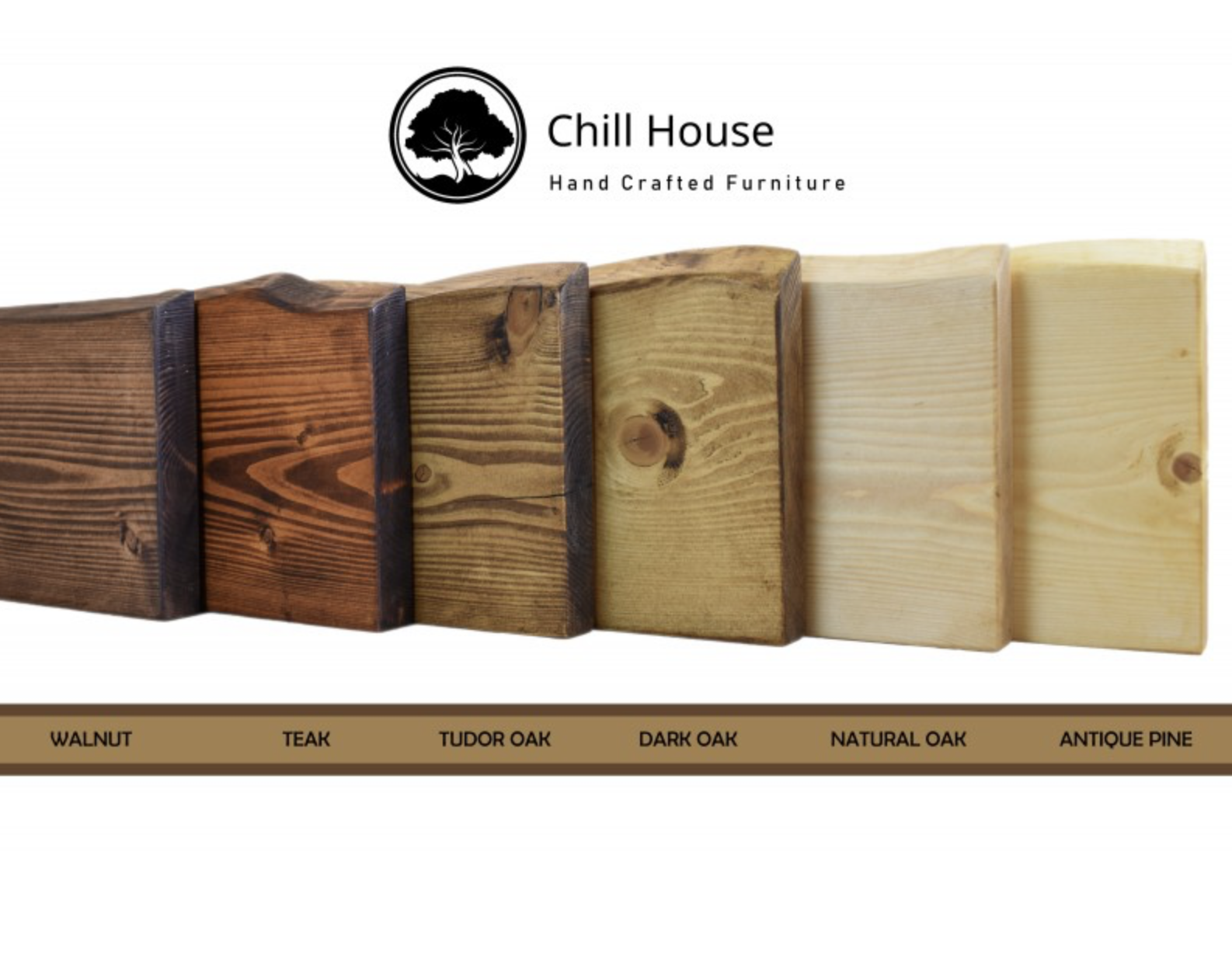
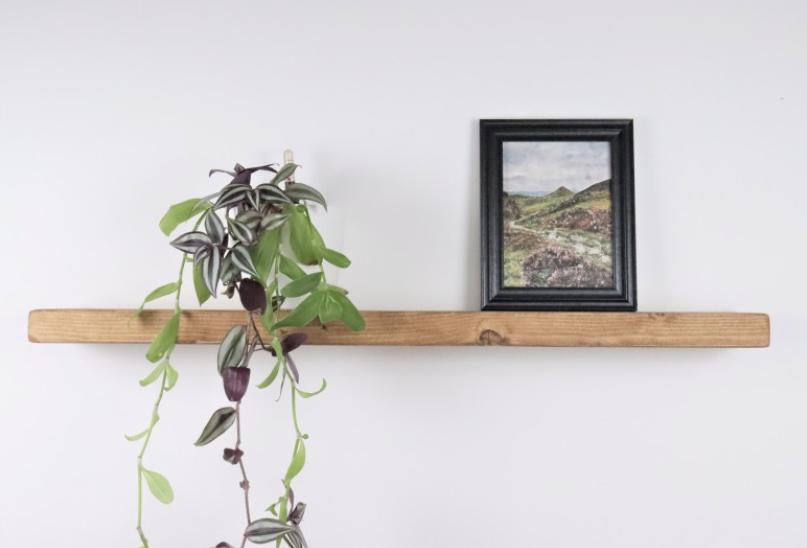
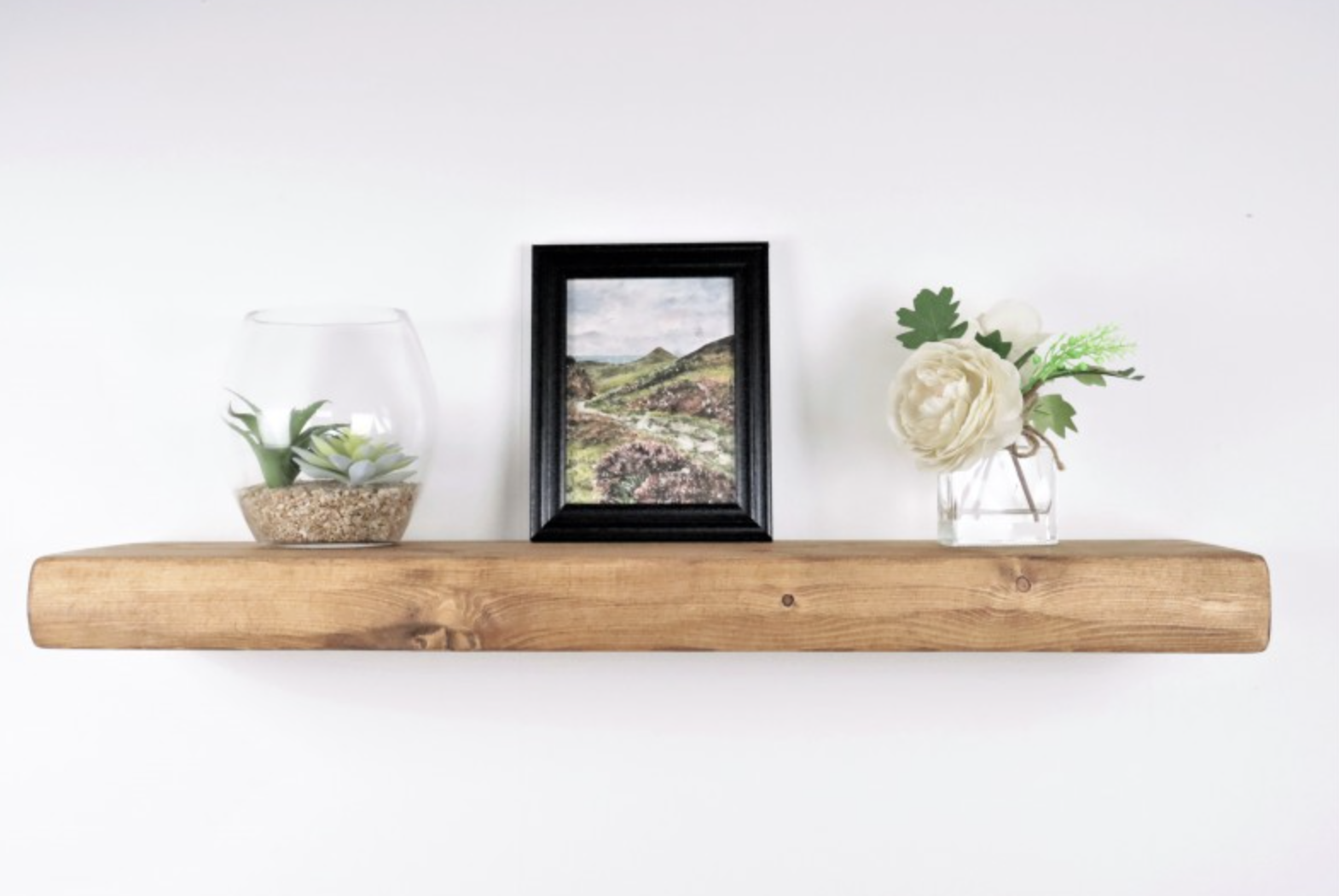
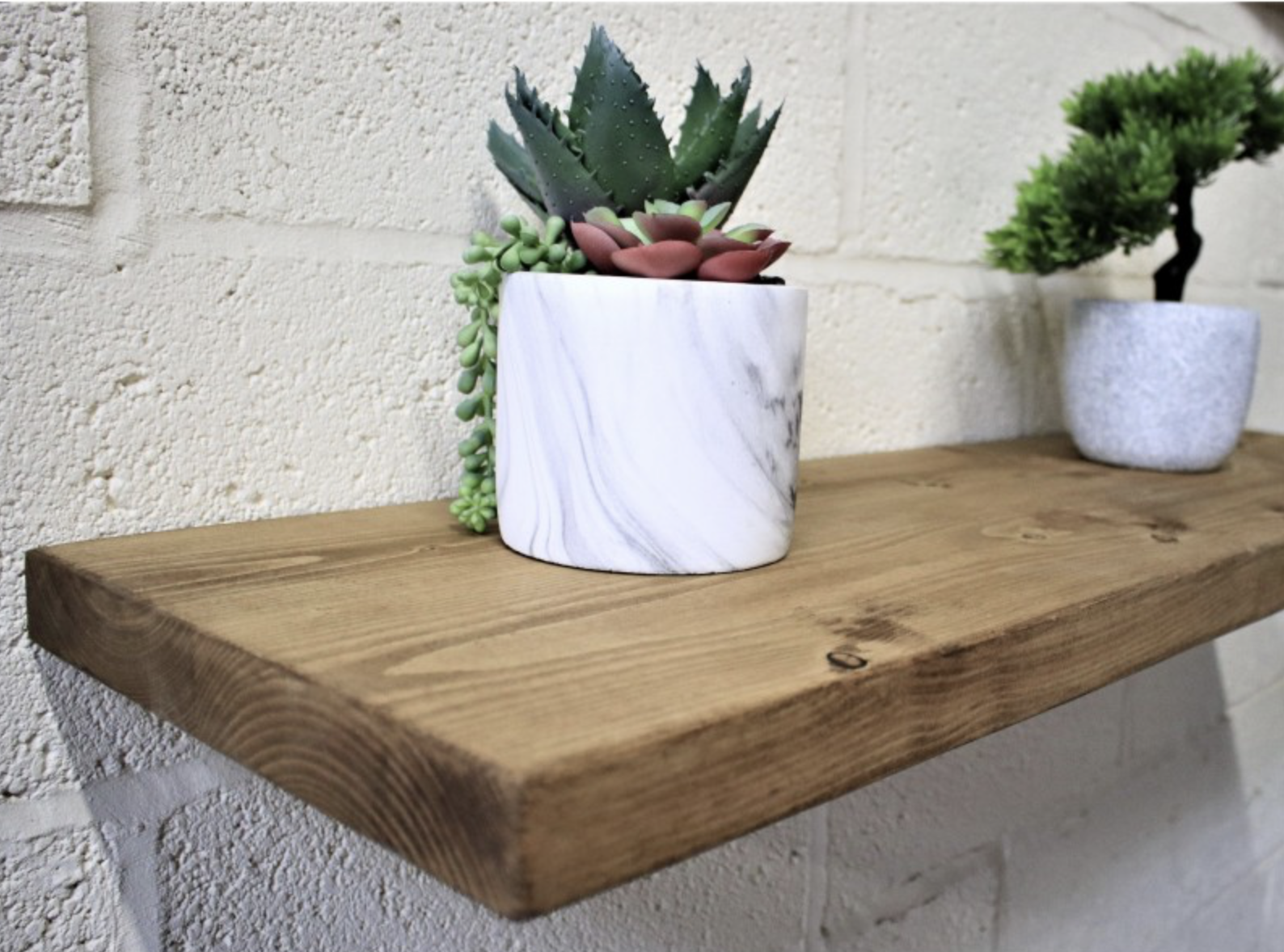
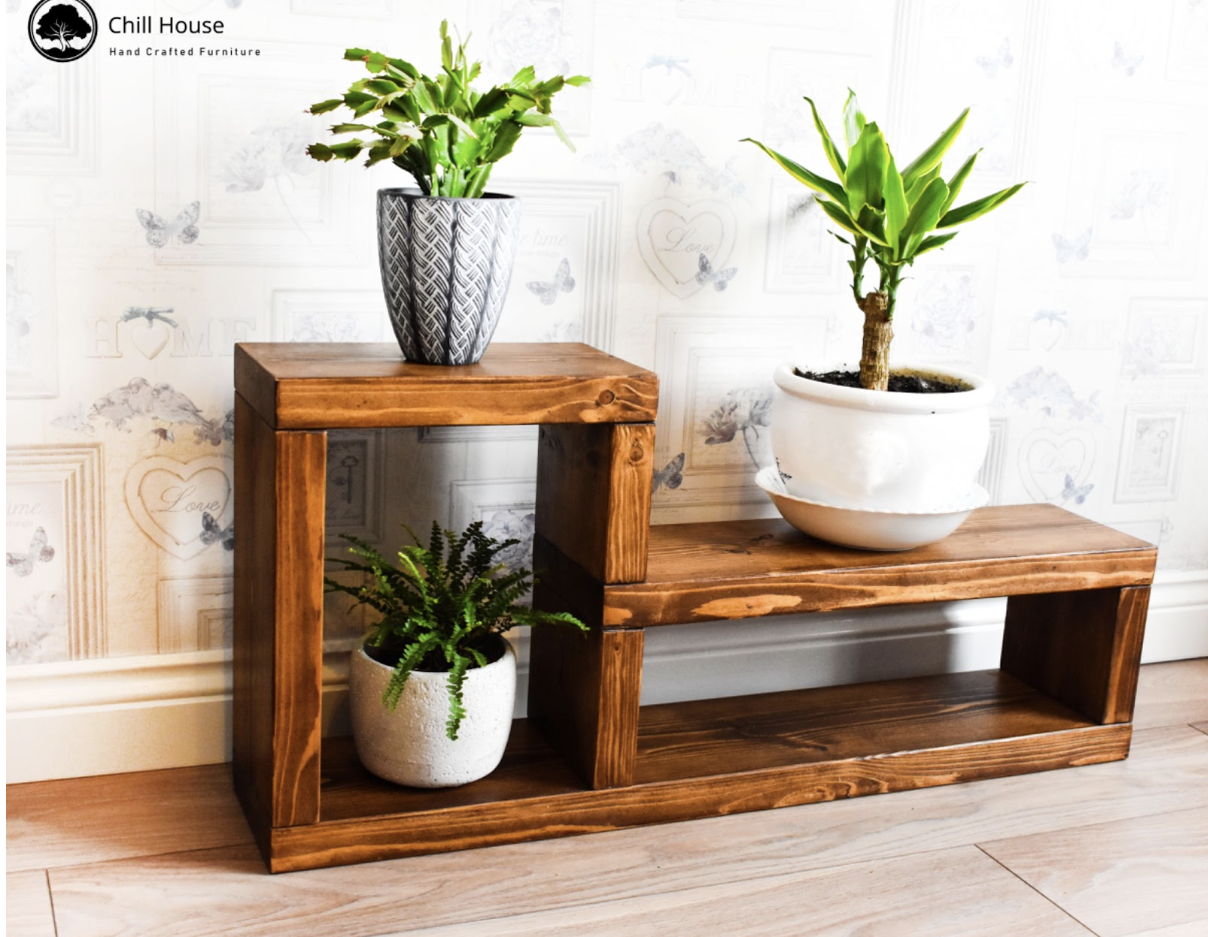
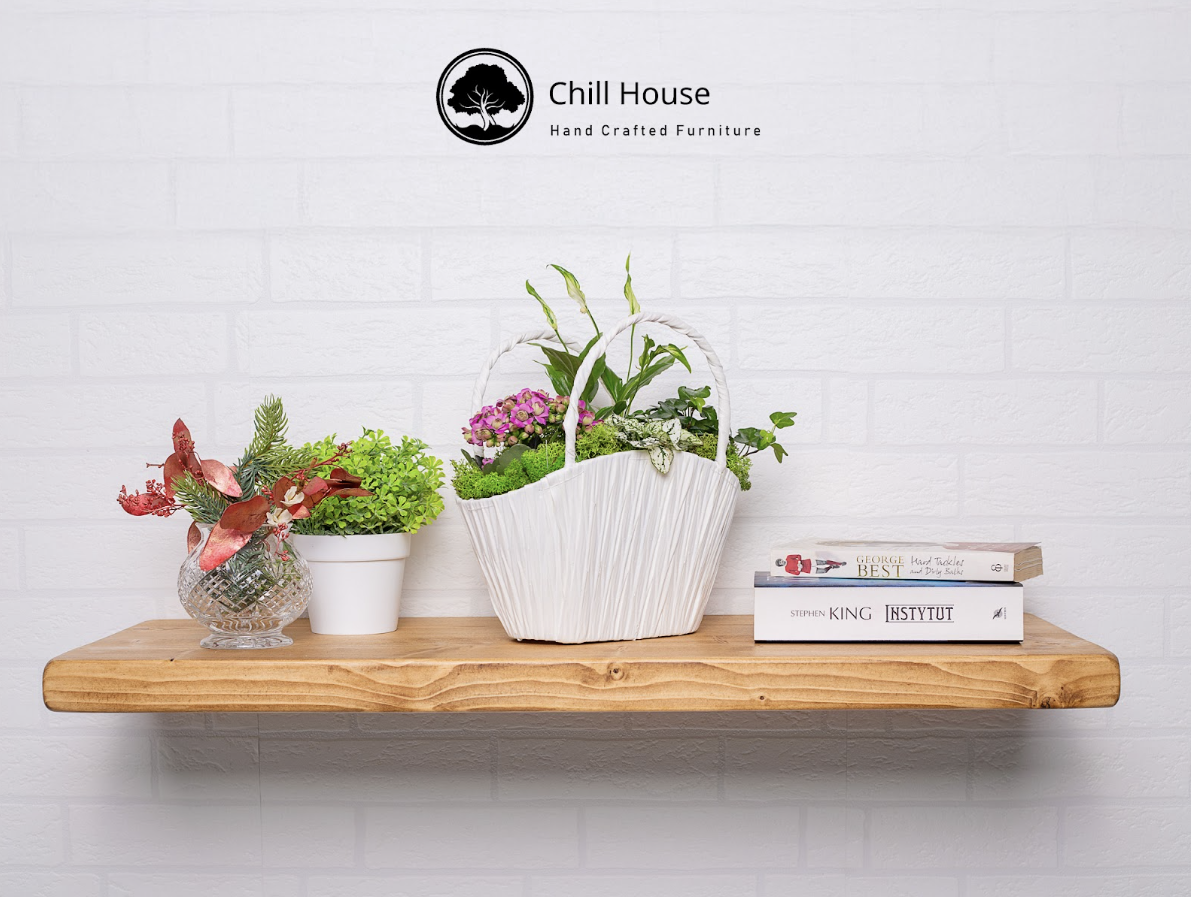


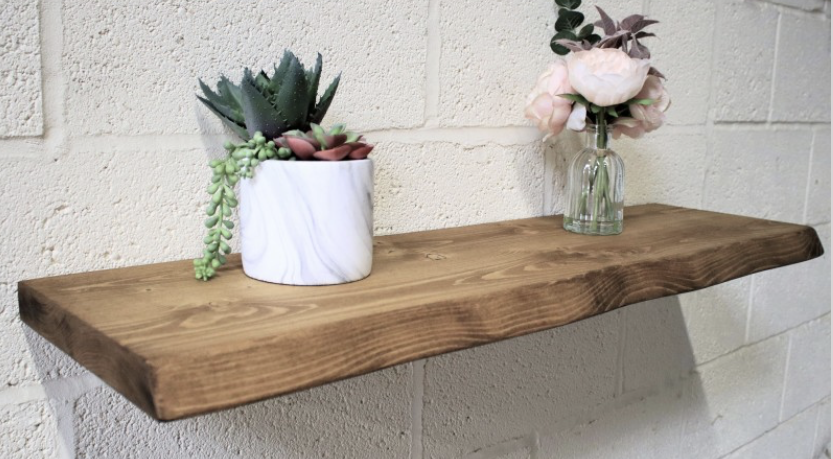
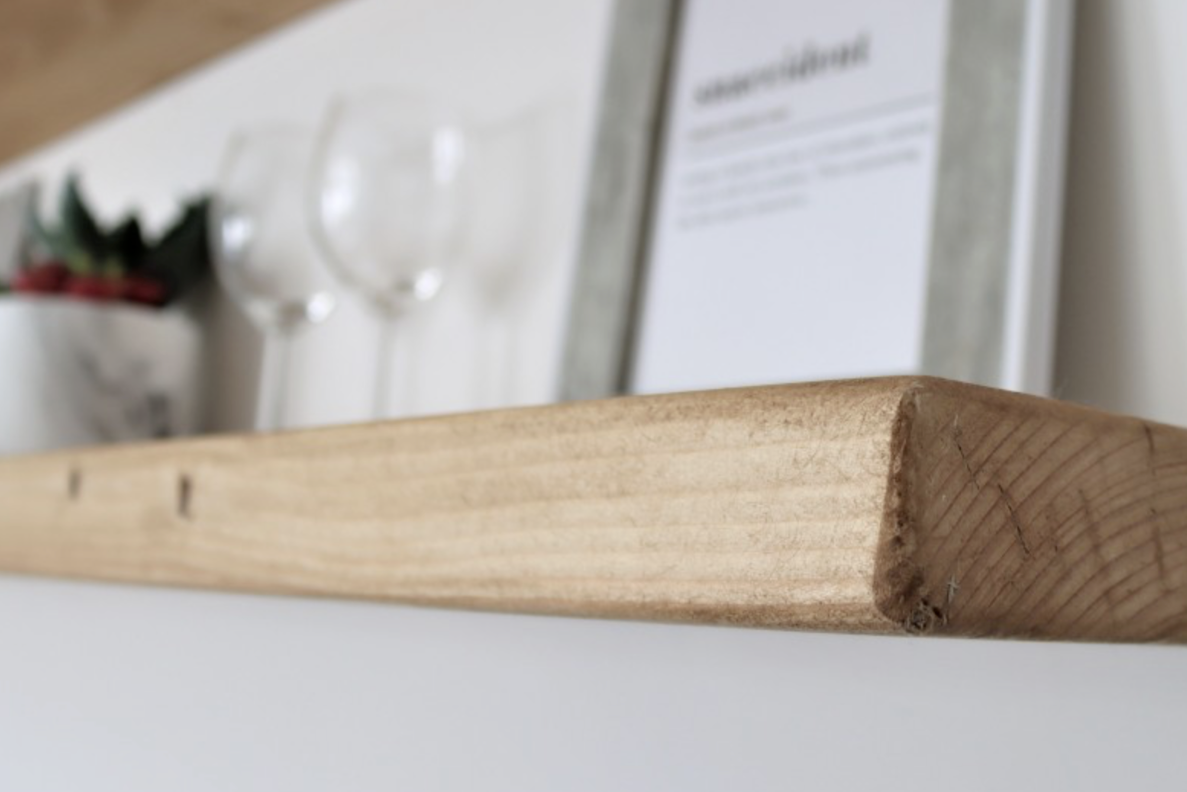





Leave a comment